Adductor Brevis Muscle
Table of Contents
Adductor brevis Muscle Anatomy
Adductor brevis is a flat, triangular muscle that is found in the inner thigh.
Together with the adductor longus, adductor magnus, gracilis, and pectineus muscles, it comprises a group of muscles known as the adductors of the thigh.
Origin
It originates from the inferior ramus and body of the pubis.
Insertion
It inserts into the linea aspera of the femur.
Nerve supply
The Anterior division of the obturator nerve (L2, L3) supplies the muscle.
Blood supply
The deep femoral artery supplies the muscle.
Action
It acts as the adductor and the internal rotator of the thigh.
Function
As its name suggests, the main function of the adductor brevis muscle is the adduction of the thigh. This action is particularly active when the thigh is in a flexed position and during the gait cycle. The adductor brevis also has a role in external rotation and flexion of the hip.
Relations
The adductor brevis muscle is located in the center of the thigh’s medial compartment, prior to the adductor magnus and posterior to the adductor longus. The medial circumflex femoral artery and the obturator externus muscle are located superiorly. The gracilis and adductor magnus muscles run parallel to the inferior aspect of the adductor brevis muscle. The middle perforating artery punctures the muscle at its insertion on the femur.
The adductor brevis may be distinguished from other thigh adductors in anatomical cross-sections and dissections because the anterior and posterior surfaces of the muscle are crossed by the anterior and posterior branches of the obturator nerve, respectively.
Adductor Brevis muscle exercise:
Mainly 2 types:
Adductor Brevis stretching exercise and strengthening exercise.
Strengthening Exercises
There are several exercises that can help strengthen the adductor brevis muscle, as well as other muscles in the inner thigh.
Here are a few examples:
Adductor Squeeze:
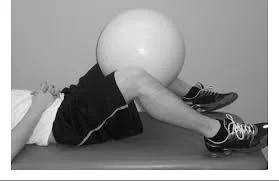
- Lie on your back with your knees bent and feet flat on the floor.
- Place a small ball or pillow between your knees.
- Squeeze the ball or pillow with your knees, hold for a few seconds, then release. Repeat for several repetitions.
Side Lunge:
- Stand with your feet hip-width apart.
- Take a big step to the right with your right foot, keeping your left foot in place.
- Bend your right knee and push your hips back as you lower into a lunge.
- Push back up to the starting position and repeat on the other side.
Side Leg Raise Exercise:
- Lie on your right side with your legs extended out straight.
- Use your right hand or a cushion to support your head.
- Slowly raise your left leg as high as you can.
- Hold this position for a few seconds before lowering your leg back down.
- Do 2 to 3 sets of 8 to 16 repetitions on each side.
Clamshell Exercise:
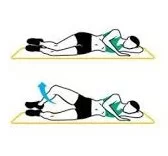
- Lie on your right side with bent knees.
- Slowly open your left leg as far as you can.
- Hold this position for a few seconds and then lower back down to the starting position.
- Do 2 to 3 sets of 8 to 16 repetitions on each side.
Single-Leg Squat:
- Stand on your left leg with your right foot lifted off the ground.
- Slowly lower your body down into a squat, keeping your left knee in line with your toes.
- Push back up to the starting position and repeat for several repetitions, then switch to the other leg.
Stretching Exercises:

- Sit on the floor with your knees apart and the bottom of your feet together.
- Keep your chest up and your back straight.
- Bend forward at the hips while accentuating your lumbar lordosis (keep pelvis tilted anteriorly)
- Apply gentle pressure to your knees pushing them toward the floor.
- Relax and hold this for the appropriate time.
Standing Adductor Stretch:
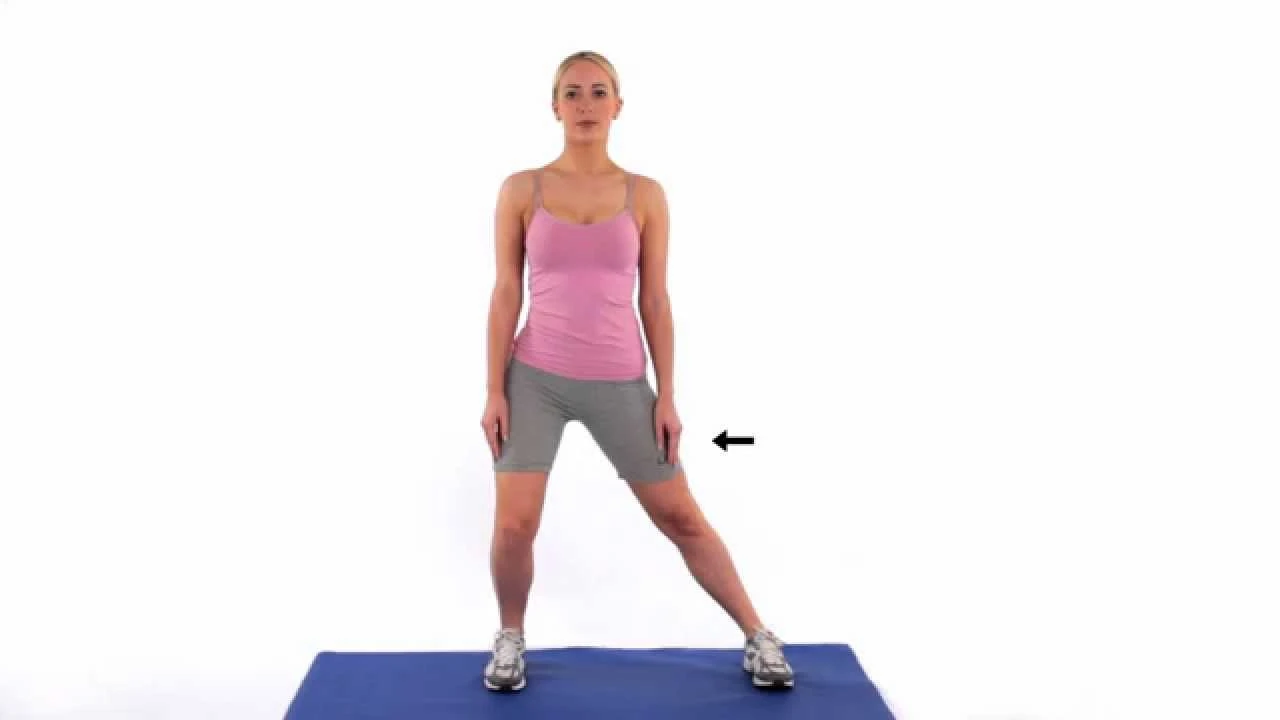
- Stand with your feet wider than hip-width apart.
- Shift your weight to your right leg and bend your right knee, keeping your left leg straight.
- Reach down with your left hand and touch your left ankle.
- Hold the stretch for 30 seconds, then repeat on the other side.
Clinical Relevance
Adductor brevis muscle pain
Pain in the adductor brevis muscle can be caused by various reasons, such as overuse, muscle strains or tears, and imbalances in the surrounding muscles or pelvis.
People who engage in activities that require repetitive hip adduction, such as runners or dancers, are at a higher risk of developing adductor brevis muscle pain. Symptoms of adductor brevis muscle pain may include tenderness or soreness in the inner thigh, pain with hip adduction, and reduced range of motion in the hip.
Proper diagnosis and treatment of adductor brevis muscle pain may include rest, ice, and anti-inflammatory medication, as well as physical therapy to improve muscle strength and flexibility.
Groin strain (Adductor strain) or injury to the adductor muscle group is a common cause of medial leg and groin pain, especially among athletes. It is common among injuries in such sports as e.g ice skating, horse riding, soccer, football, karate, and running. Sudden changes in direction cause a quick adduction against a large abduction force thereby stressing the tendon, most commonly at its origin. It is caused by a disproportional strain of the muscles, often in combination with a poor warm-up and a lack of stretching.
FAQ
The adductor brevis is a hip adductor muscle, located in the medial compartment of the thigh. It is located deep in the adductor longus and pectineus right now. between the obturator nerve’s anterior and posterior divisions.
A prominent cause of groin pain and injuries in athletes is adductor strain. Previous hip or groin injuries, advanced age, weak adductors, fatigued muscles, restricted range of motion, and insufficient stretching of the adductor muscle complex are risk factors.
Working in conjunction with the adductor longus, brevis, and pectineus muscles, the adductor magnus is a powerful adductor of the thigh. These muscles all play a crucial role in stabilizing the pelvis on the lower limb while walking, in addition to thigh adduction.
Protection, rest, ice, compression, and elevation (PRICE) should be the first steps in the therapy of an adductor injury. Avoiding painful activities is advised. Crutches may be recommended in the initial days to help with pain relief.
The best course of action for adductor strains that are mild to moderate is usually conservative therapy. Techniques include taking a break from physical activity, applying and removing ice to the injured region, and applying compression using tape or a wrap can all be helpful. These choices could aid in symptom improvement and discomfort reduction.
Adduction of the thigh is the primary function of the adductor brevis muscle, as its name implies. During the gait cycle and while the thigh is flexed, this motion is very active. The adductor brevis is involved in the hip’s external rotation and flexion as well.

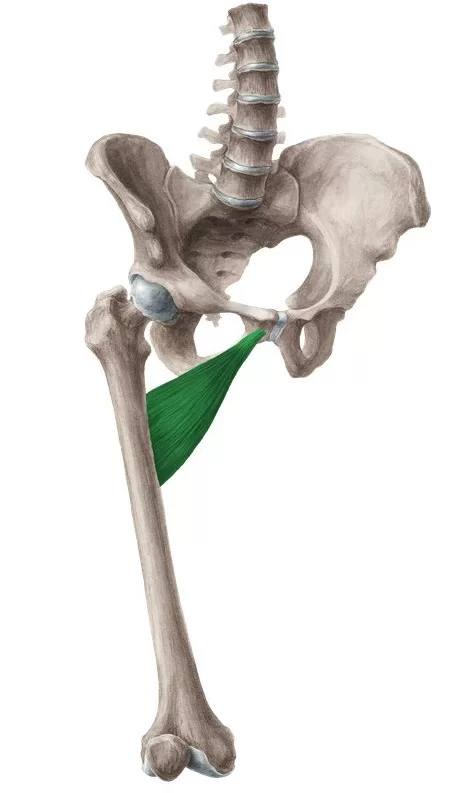
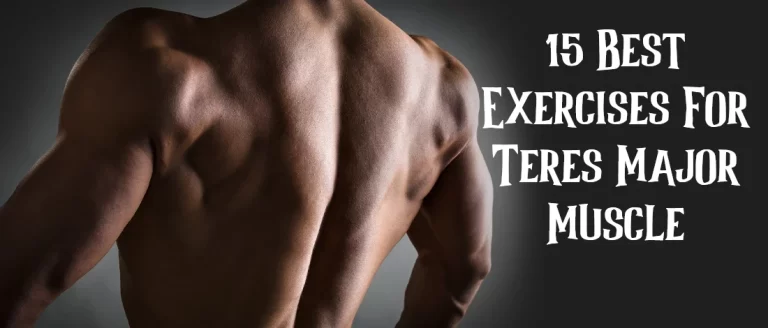
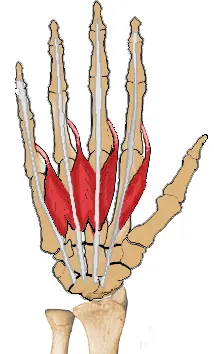
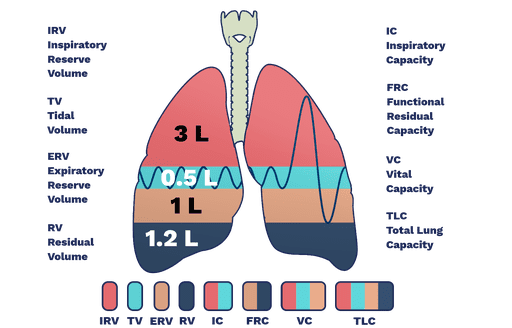
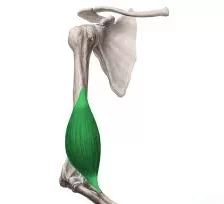
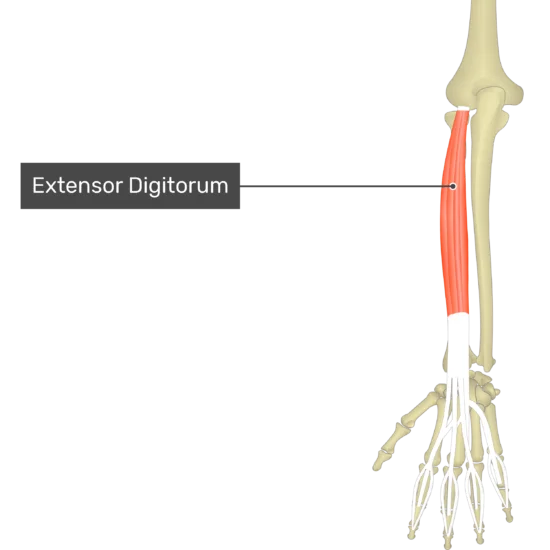
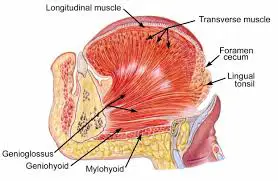
One Comment